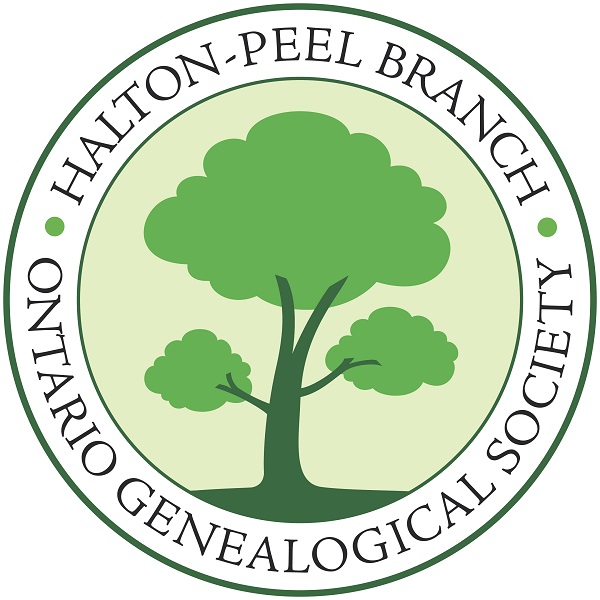Fairview Cemetery, Acton
NE Lot 27, Concession 2, Esquesing Township.
Cobblehill Road, Acton.
GPS 43.6268°N, –80.0393°W


A bitter fight ensued over the next few years along with mudslinging and arm-twisting as different groups got involved in the dispute and other options, such as private cemeteries, were raised. In six years Council had presented three different by-laws to Acton’s qualified taxpayers on the matter. The third one was constructed in such a way that the opponents were under the impression that they had forced Council to reconsider the scheme, but instead it had passed. Consequently, they retreated to their next line of defence, charging that the use of the property would contaminate the drinking water in the vicinity, and threatening to take legal action in the courts.
The by-law authorized Council to purchase 6 of the 19 acres of the Steel site. Within a few months, some of the details of ownership of the property emerged, showing that the Steel family had not owned the property for years. Instead it had been acquired by ex-Reeve, Dr. Nelson McGarvin, and the current Reeve, W.H. Storey. Storey had disposed of his share, he hoped in time to avoid a charge of conflict of interest. The revelation, however, certainly did much to explain the Council’s persistent interest in the site. The remaining 13 acres of land was made a gift to the village — a gift that was conditional on the development of that part of the site, and the payment to Dr. McGarvin of $390 from the sale of the first lots. This process avoided the necessity of a further plebiscite which would have undoubtedly been overruled. The site’s opponents on Council, incensed at being outmanoeuvred yet again, threw up their hands in disgust and precipitated one of the most vicious municipal elections in Acton’s history. After months of exchanges a new Council was elected with a clear mandate to develop the cemetery.
The mandate was quickly exercised as if in defiance of the still-threatened lawsuit. Some days later, on 4 January 1886, Rev. W.J. Pigott of St. Alban’s Church dedicated the site as a cemetery, and the body of George Steel Sr. who at age 84 had died on 2 January 1886, was laid to rest as its first interment. The Council then proceeded to set up the rules for the management of the cemetery, which had been named Fairview, and to close the old Pioneer Burying Grounds. In April 1886 James Matthews and another citizen of Acton brought a suit against the corporation of the village claiming that the recent purchase of land for the cemetery was illegal, that the taxes levied to pay for it were also illegal and should be refunded. The case never appeared before the courts. Instead, on 1 April 1887 opposition to the cemetery was withdrawn, for reasons which were never publicly revealed. The Council quickly agreed, and the threats to Fairview Cemetery ceased.
What was the outcome of all this turmoil? After eight years of discussion and debate the village obtained a public cemetery which, over one hundred years later still has plenty of room for interments and still has areas which reflect the early criticisms of its wild and swampy condition. More importantly it made, with some small reservations, a place of beauty and an excellent cemetery out of a wild and undeveloped corner of the village. [by Walter Lewis (edited)]
Transcriptions of this cemetery are available on-line by  credit card from the O.G.S. web site – click here for price/order.
credit card from the O.G.S. web site – click here for price/order.
